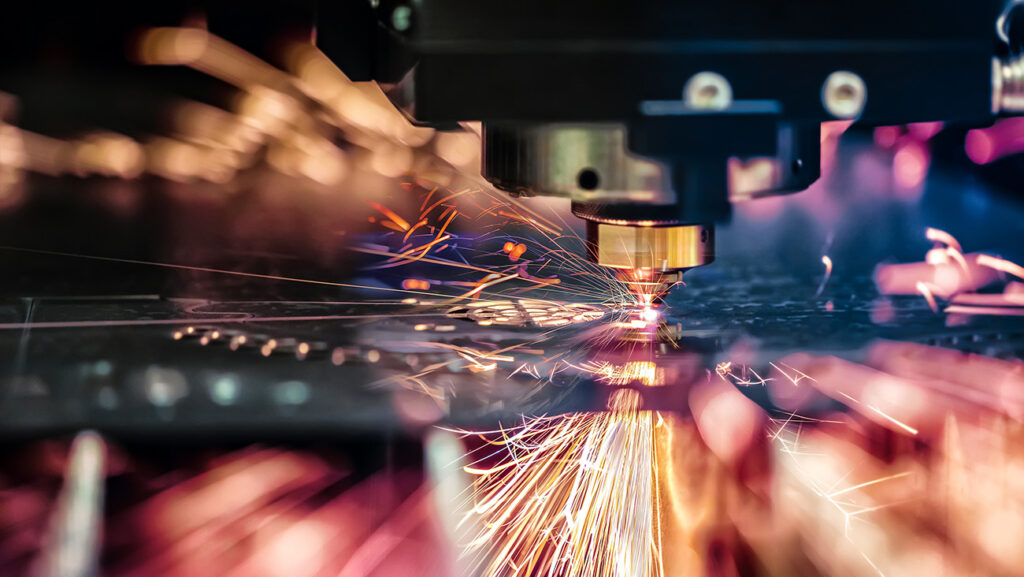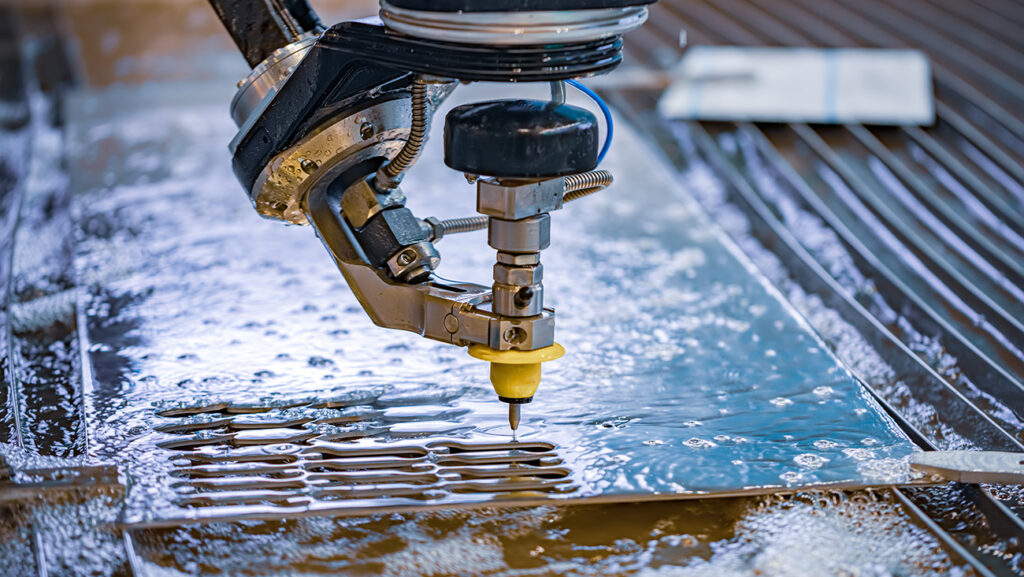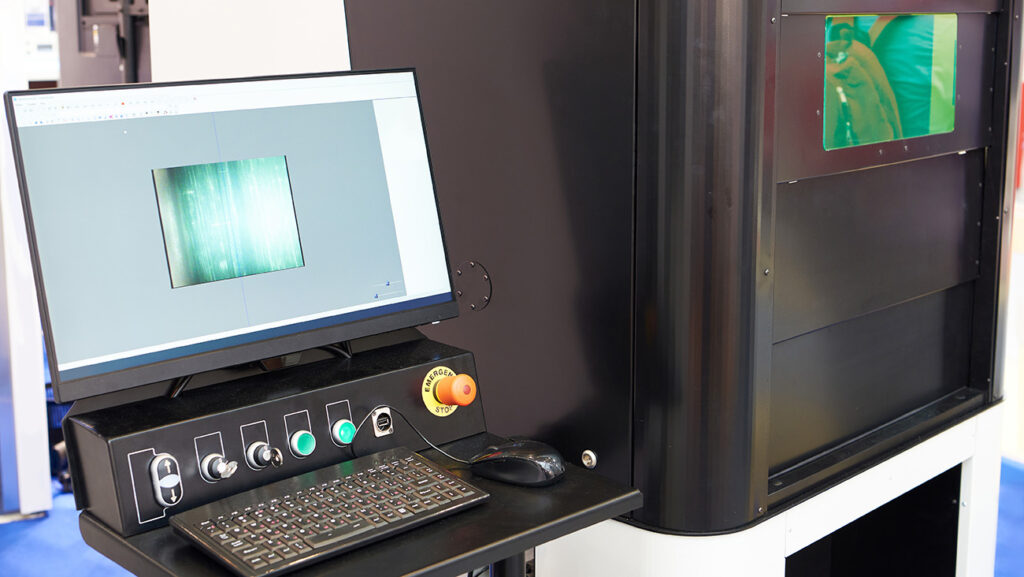How to Weld Stainless, Titanium, and Steel Medical Devices and Tools: Use High Powered Laser, Tig or Mig Welding?
Posted on April 1, 2017 in Blogs

From bio implants, to surgical instruments, to lab equipment, and more, a wide range of products in the medical field have very similar requirements when it comes to welding medical devices.
Here’s a question: If you manufacture devices, tools, instruments, or appliances for the medical industry – whether for the surgical suite, hospital lab, medical clinic, dental office, or other settings – what are some of the common product characteristics your customers associate with high quality? Yes, different products serve different purposes, but wouldn’t it be fairly easy to cite key attributes (like precise tooling and clean, void free surfaces) that make most of your products stand out as being of high quality?
If that assertion is true, it points to a good way to achieve higher product quality and reduce production costs to select technologies that are best suited for delivering on those key shared quality traits. Leveraging those technologies more often would mean more products would have higher quality even as costs decline due to economies of scale. That’s because the more products you channel through a preferred technology, the more you benefit from experience and high volumes.
Such a strategy could apply to welding.
How Laser Welding Impacts Quality over Tig or Mig Welding
When it comes to how to weld medical devices, the common issues:
- Exact dimensions
- Clean, void free surfaces
- Uniformity of parts
- Bonding strength
- Complex geometries
- Fine, durable markings (e.g., part numbers)
If you manufacture for the medical field, then you understand why these traits matter. The FDA in particular requires that parts not be a source of contamination; that they be fabricated precisely to specified dimensions, that pieces not break off while in use; that markings (like part numbers or serial numbers) remain clear and permanent even after high temp sterilization processes. Fabrication steps, both in their practice and their results, must follow approved and highly reproducible recipes whose application in production may be audited at any time, even decades later. These are qualities the customer also recognizes along with other attributes like welding intricate shapes or prototyping new parts quickly in step with medical’s fast pace of innovation.
So, which welding method most often delivers on these traits for the widest variety of products? The answer is simple, Laser Welding.
Laser Versus Other Welding Technologies
Lasers weld by focusing a pulsing beam of concentrated energy, in the form of light, on metal. The beam heats two pieces of adjoining metal, melting them in the area around the beam so that the metals fuse and become one piece. Unlike arc welding or brazing, no filler or flux is required between the metals to bond them, so there is no possibility of filler coming loose later and contaminating a clean environment. Compared to those two bonding methods, laser welding is also seamless. After polishing, it’s virtually impossible to tell where the weld was done, which is more aesthetically pleasing, smoother, and better avoids germ-hiding crevices.
From a medical standpoint, however, laser welding’s biggest advantages over arc welding and brazing may be its precision and repeatability. The pattern of the beam path, depth of the beam, and size of the surface area being heated are all under precise computer control. Once a successful prototype is welded, the exact same operation can be repeated uniformly over and over again with the laser settings documented and available for inspection whenever requested. That enables both fast prototyping and the possibility of welding highly complex shapes that have very tight tolerances in terms of how much of the material’s surface area can be heated, or to what depth. It also helps fulfill FDA documentation requirements.
The other bonding technology that offers similar control is electron beam welding (EBW) where a beam of electrons heats the metal surfaces (instead of a beam of photons as in laser welding). Like laser welding, it also produces a direct metal-to-metal bond (no filler required, hence no filler contamination). However, unlike laser welding, which is done in a normal atmosphere, EBW requires a vacuum enclosure to keep the electrons from colliding with air molecules and scattering. Pumping the air out of the enclosure significantly increases the setup time and cost. That setup, plus the complex tooling EBW requires, can also slow prototyping. Adding to the cost, complexity measures must also be taken to prevent exposure to the X-rays EBW can generate. Finally, the size of the part being welded is limited by the size of the vacuum enclosure a hindrance laser welding doesn’t have.
One-Stop-Shopping Efficiency
Another factor to consider when comparing welding technologies is something that is not a weld at all, which is marking. Very often medical parts need to be marked with a serial number, product number or other information. Having marks applied as part of the laser operation can be a time and cost efficient one-stop-shop operation. The laser cuts the metal to create a very precise and durable mark minus any possible contaminants like, say, ink or the chemicals used in chemical etching.
To learn more about the benefits of Laser Marking, read our blog.
Clearly, how manufacturers choose to weld their products can have a big impact on product success. As the medical market continues to change and grow rapidly, manufacturers will face even greater pressures to differentiate themselves with higher quality products and innovative designs while also reducing costs. It makes sense that they should optimize on technologies that accomplish more of those goals for more kinds of products.



